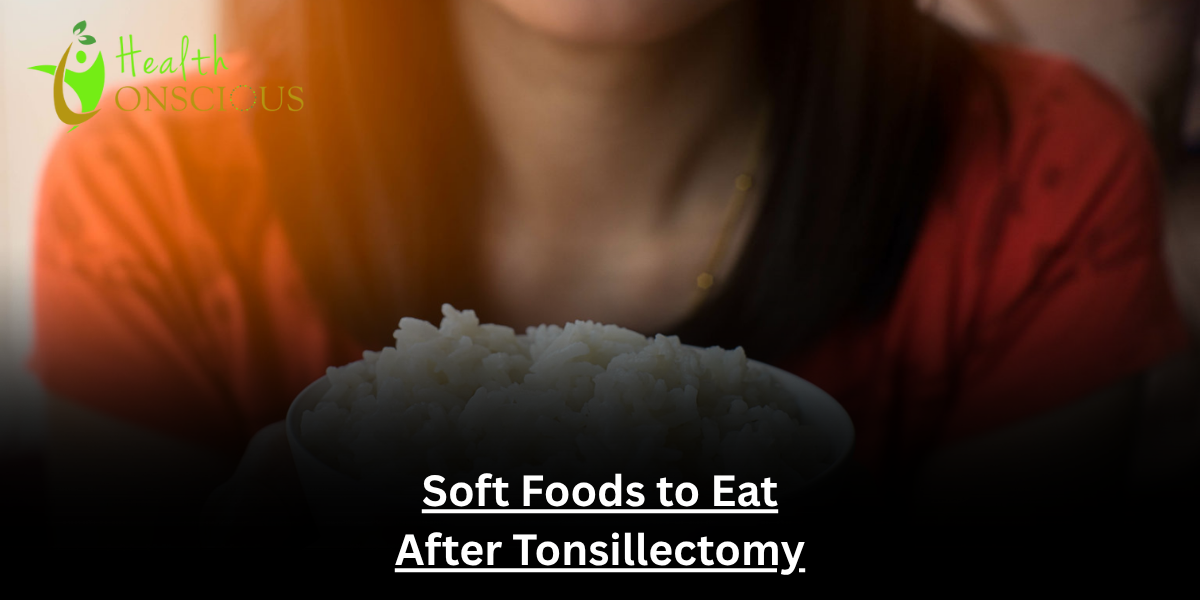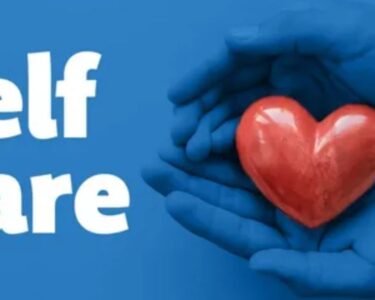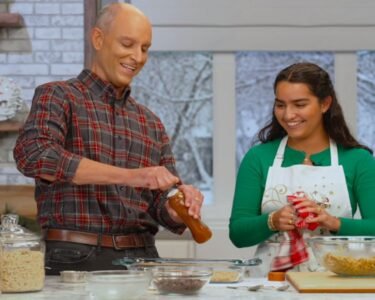Undergoing a tonsillectomy can leave your throat feeling raw and sensitive, making eating and drinking a challenge. While discomfort is a common part of the healing process, choosing the right soft foods to eat after tonsillectomy is crucial for a smoother, faster recovery. This guide will walk you through a tailored post-surgery diet, focusing on easy-to-swallow options that provide essential nutrients without irritating the surgical site.
What to Eat After a Tonsillectomy?
Following a tonsillectomy, your primary goal for eating is to minimize pain and irritation while ensuring adequate hydration and nutrition for healing. The surgical removal of tonsils creates open wounds in the throat, which certain textures, temperatures, and ingredients can easily aggravate.
Therefore, a diet primarily consisting of soft, cool, and non-acidic foods to eat after tonsillectomy is universally recommended by medical professionals. As Dr. Emily Clark, an ENT specialist, often emphasizes, “Proper nutrition and hydration are not just about comfort; they are foundational to preventing complications and ensuring the delicate tissues heal efficiently.”
Soft Food Diet Day by Day After Tonsillectomy
Your diet will gradually progress as your throat heals. Understanding the tonsillectomy diet day by day for adults is key to a comfortable recovery.
Days 1-3: Clear Liquids and Very Soft Foods
The initial days post-surgery are the most sensitive. Focus on items that require no chewing and are soothing to the throat.
- Ice chips
- Crushed ice
- Plain popsicles (avoid citrus flavors)
- Lukewarm broths (Chicken, Beef, or Vegetable)
- Gelatin (Jell-O)
- Chilled applesauce
- Plain yogurt
- Custard
- Apple juice
- White grape juice
- Pear juice
Days 4-7: Introducing Thicker Soft Foods
As initial soreness begins to subside, you can gradually introduce slightly more substantial, but still very soft, options.
- Smooth mashed potatoes (no lumps or skins, lukewarm)
- Soft, moist scrambled eggs
- Well-cooked oatmeal
- Cream of wheat (with plenty of liquid)
- Soft pasta
- Pureed fruits (Bananas, Peaches, Melon) in smoothies
- Well-cooked and pureed vegetables (Carrots, Squash)
- Soft bread (crusts removed, can be dipped in broth)
Week 2 and Beyond: Transitioning to Near-Normal Diet
By the second week, many individuals can start to reintroduce more varied soft and semi-solid foods after tonsillectomy, while still being cautious.
- Soft fish (Baked or steamed)
- Shredded chicken (Cooked until very tender)
- Well-cooked white rice
- Pancakes
- French toast
- Soft cheeses (Cottage cheese)
- Mild soups with soft ingredients (Soft vegetables, Noodles)
What to Drink for Optimal Recovery
Staying well-hydrated is paramount after a tonsillectomy. Dehydration can exacerbate pain and slow down the healing process.
- Water (sip frequently throughout the day)
- Milk or milkshakes (use in moderation if dairy increases phlegm)
- Sports drinks like Gatorade to replenish electrolytes
- Non-citrus juices (Apple juice,Pear juice, White grape juice)
“It is generally advised to avoid using straws as the suction can create pressure in the throat, potentially dislodging scabs or causing discomfort. Sip directly from a glass.”
Foods to Avoid After Tonsillectomy
Just as important as knowing what to eat is understanding what to avoid after tonsillectomy. These foods can irritate the surgical site, cause pain, or even lead to bleeding.
Crunchy or hard foods
- Chips
- Crackers
- Popcorn
- Nuts
- Hard candies
- Raw vegetables
- Crusty bread
Spicy foods
- Chili
- Hot sauces
- Heavily spiced dishes
Acidic foods and drinks
- Citrus fruits (oranges, lemons, grapefruit)
- Tomato products
- Vinegar-based dressings
Very hot foods or liquids (stick to lukewarm or cool temperatures)
Carbonated beverages (the bubbles can cause discomfort)
Rough or chewy meats
- Steaks
- Jerky
- Tough cuts of chicken
Tips for Eating Comfortably and Promoting Healing
Beyond the list of soft foods to eat after tonsillectomy, adopting certain practices can significantly improve your comfort and recovery.
- Eat small, frequent meals.
- Chew thoroughly, even soft foods.
- Stay hydrated by constant sipping of cool liquids.
- Take prescribed pain medication as directed; this is crucial for preventing dehydration and promoting recovery, as highlighted by the American Academy of Otolaryngology—Head and Neck Surgery Foundation.
- Rest after meals.
- Avoid talking excessively.
- Consider using a humidifier to keep the air moist, especially while sleeping.
When to Consult Your Doctor
While minor discomfort and dietary changes are normal after a tonsillectomy, certain symptoms warrant immediate medical attention.
- Significant bleeding (bright red blood, clots, or frequent spitting up blood)
- Difficulty breathing
- High fever (above 101°F or 38.3°C)
- Severe pain that is not managed by medication
- Signs of dehydration (decreased urination, dry mouth, dizziness, or lethargy)
- Inability to swallow even liquids
Always follow your surgeon’s specific post-operative instructions, as individual recovery timelines can vary. For immediate concerns, contact your healthcare provider or visit an emergency room. As advised by leading medical institutions, “Don’t hesitate to seek medical help if you experience any signs of serious complications after surgery.” For more information on identifying these signs, read the Mayo Clinic’s patient education on tonsillectomy recovery.
In Summary
Navigating your diet after a tonsillectomy doesn’t have to be daunting. By focusing on a list of soft foods to eat after tonsillectomy, staying hydrated, and avoiding irritating substances, you can significantly contribute to a comfortable and efficient recovery. Remember to progress your diet gradually, listen to your body’s signals, and contact your healthcare provider if you experience any concerning symptoms. A well-managed diet is a cornerstone of healing and getting you back to your normal routine sooner.
Frequently Asked Questions
How long do I have to eat soft foods after a tonsillectomy?
Most adults need to stick to a soft food diet for at least 7-10 days, with a gradual return to normal foods over the next week or two. Children often recover slightly faster.
Can I have ice cream after tonsillectomy?
Yes, ice cream is often recommended due to its cold, soothing nature. However, monitor for increased mucus if dairy is a concern for you.
Is soup good after tonsillectomy?
Clear, lukewarm broths are excellent in the initial days. Later, smooth, creamy soups without chunky ingredients or strong spices can be introduced.
Why can’t I use a straw after tonsillectomy?
Using a straw creates suction in the throat, which can put pressure on the surgical site and potentially dislodge healing scabs, leading to bleeding.
When can I eat crunchy foods again?
Avoid crunchy foods for at least two weeks, or until your healthcare provider gives you the green light. Introducing them too soon can cause pain or bleeding.
What should I do if I can’t swallow anything?
If you’re unable to swallow even liquids, contact your doctor immediately. This could be a sign of significant swelling or dehydration requiring medical attention.



